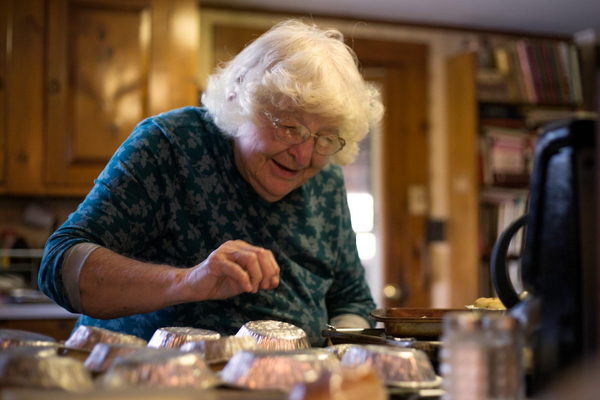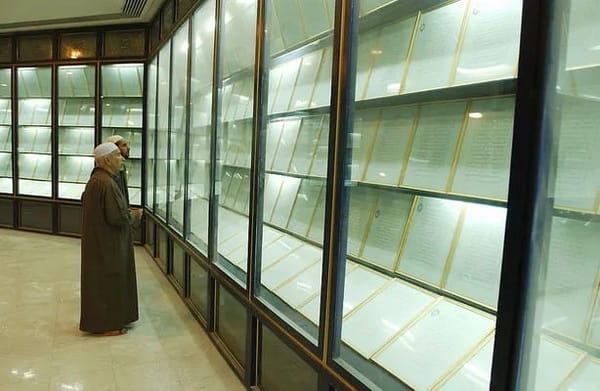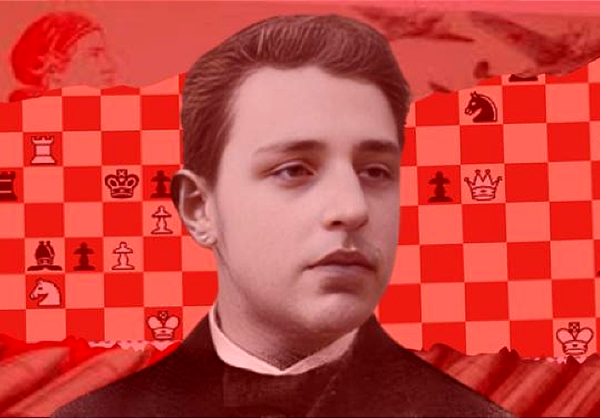Woman who punched crocodile is on the king’s gallantry list

From The Guardian: "A woman who punched a crocodile in the snout to save her sister is among the recipients of bravery awards included on the king’s first civilian gallantry list. Georgia Laurie attacked the reptile when it went for her twin, Melissa, dragging her underwater while they were swimming in a lagoon near Puerto Escondido, Mexico, in June 2021. Both sisters were seriously hurt but survived. Georgia, 31, from Sandhurst in Berkshire, will receive the Gallantry Medal, which acknowledges exemplary acts of bravery. She described the award as “a silver lining” to their traumatic ordeal. “It’s been a good thing for not just me but for the whole family. I feel like I have to share it with my sister because let’s face it I don’t think I would have been nominated for it if she didn’t survive,” she said.
The palace of Versailles was actually more like a giant nightmarish hotel
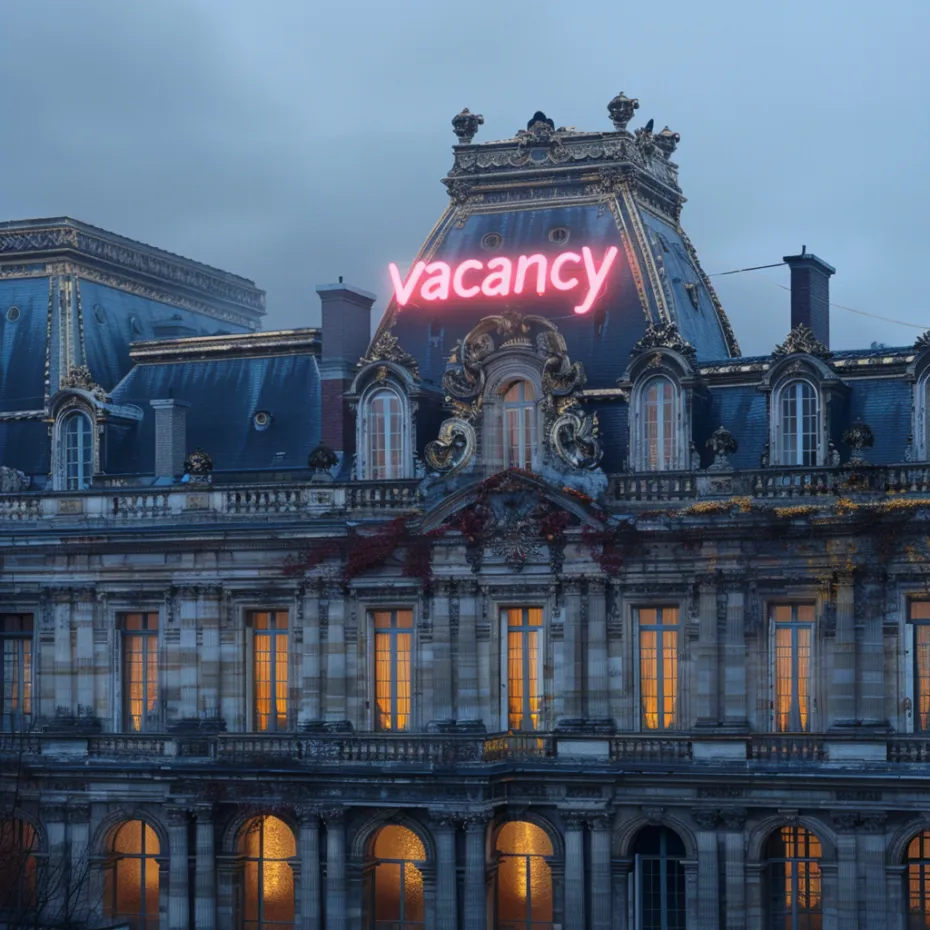
From Messy Nessy Chic: "The Palace of Versailles, famously opulent and vast, is often celebrated for its architectural grandeur and the lavish ceremonies that took place within its walls. But at its core, it was essentially a giant overcrowded hotel of horrors for the entire French nobility, who were given their own room and key that symbolised both privilege and entrapment. Beneath the gilded surface, Versailles was not merely a royal residence but a sophisticated mechanism of political control, designed to keep the French nobility on a tight leash and under close surveillance. Versailles famously didn’t have toilets. Only the most high-ranking favourites of the Sun King had private closets in their rooms, but the first flush toilet wasn’t actually installed until the next king, Louis XV came to the throne. Even Marie Antoinette was said to have been once hit by a chamber pot being emptied out of a window."
Feds say he masterminded an epic California water heist. Farmers say he’s Robin Hood

From the LA Times: "Robert Zavala was fresh out of the Marines and looking to escape dead-end work at a poultry plant in the early 1990s when his old baseball coach — now the head of a local water district — swooped to the rescue with a job offer. Zavala was grateful for the job, which eventually paid more than $150,000 a year and included perks such as free housing and a new truck. Grateful enough, he later testified in state court, that when he learned the public agency he worked for was stealing water from the federal government he kept his mouth shut. For years. And then one day in 2016, FBI agents showed up at his house and told him they were investigating his boss for water theft, and wanted to know if Robert wanted to go to federal prison with him. Zavala became one of many employees the FBI would interview about the Panoche Water District, which supplies irrigation for 38,000 acres of farmland in the San Joaquin Valley."
Editor's note: If you like this newsletter, please share it with someone else. And if you really like it, perhaps you could subscribe, or contribute something via my Patreon. Thanks for being a reader!
When a rooster, a duck, and a sheep walked into a hot air balloon
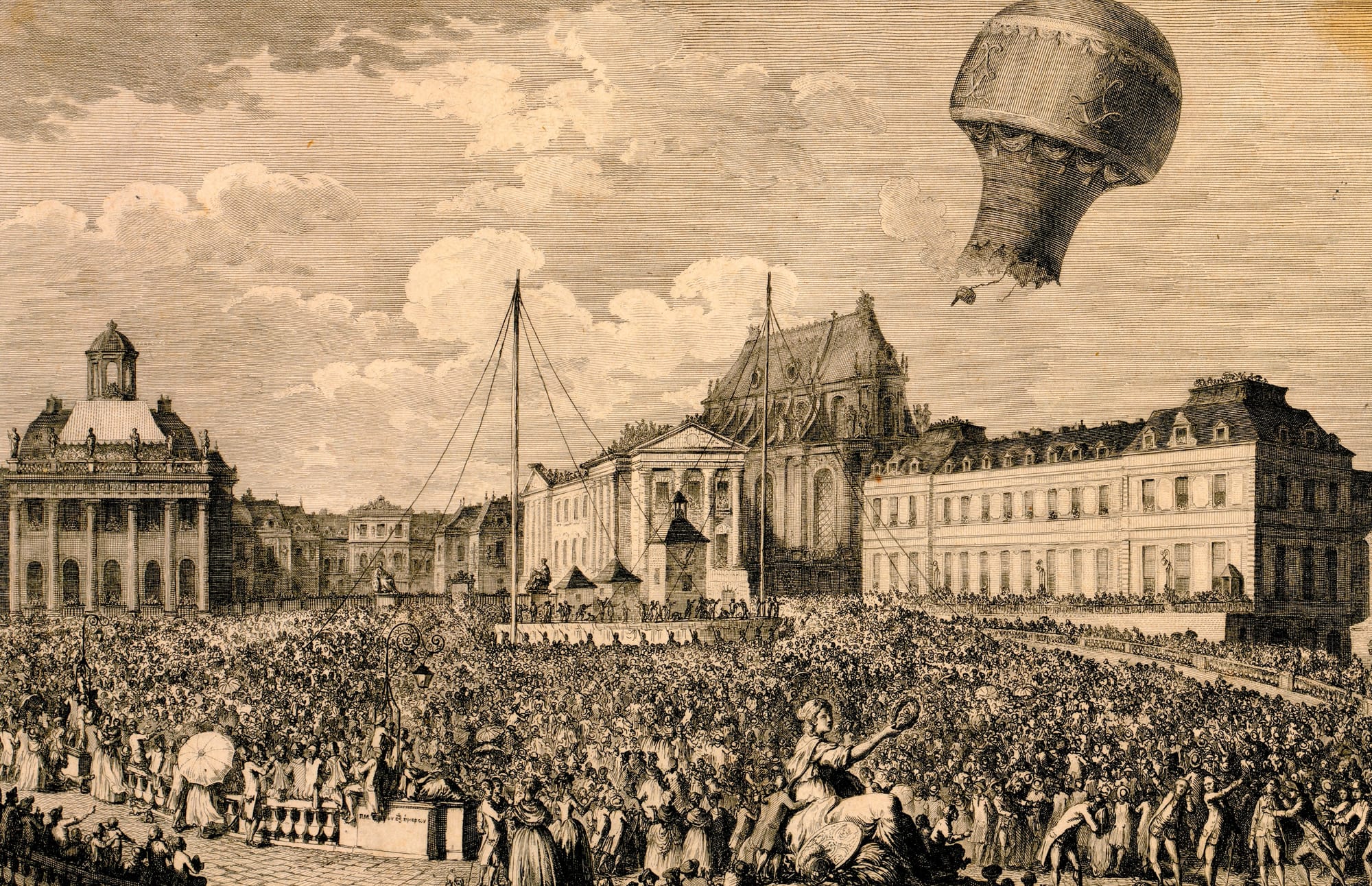
From Atlas Obscura: "We tend to take human flight largely for granted. But in the early days of aviation, even sending up a large balloon seemed like a potentially deadly bit of hubris. So when the first passenger-ready hot air balloons began taking to the skies, their designers decided to test them out with some animals first. Even though it would be a rooster, a duck, and a sheep that would first brave the air in a balloon, we have the brothers Joseph-Michel and Jacques-Étienne Montgolfier to thank for it. The Montgolfier brothers pioneered the hot air balloon as we know it in the late 1700s. They were just two of 16 children born to their family in a region of south-central France, which at the time was known for its paper-making. but an interest in invention eventually led their lives in a different direction."
One theory of what happened to Amelia Earhart: She was eaten by giant crabs
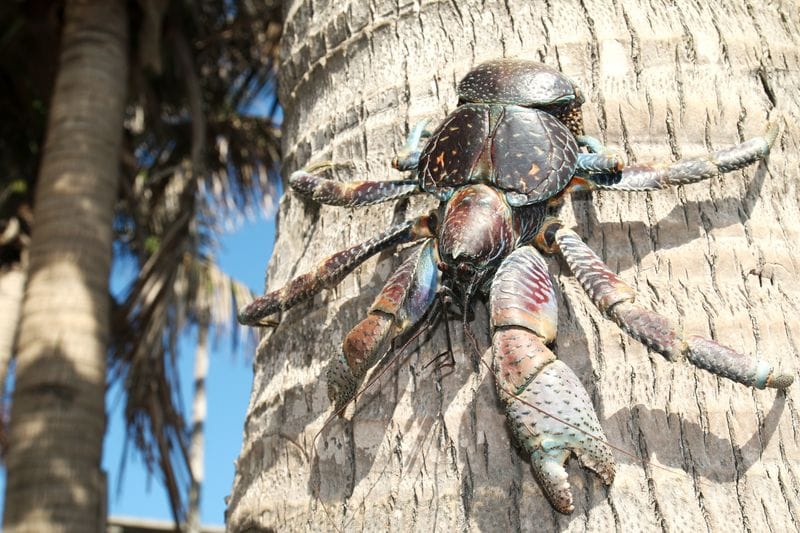
From IFL Science: "Amelia Earhart is remembered today for various reasons. She is one of the most prominent figures in aviation history for her trailblazing accomplishments as a female pilot – not to mention being the first woman to fly alone across the Atlantic Ocean. But today Earhart is mostly remembered for her mysterious disappearance after she set off on her global flight in July 1937. Ever since then, speculation has been rife as to what happened to her, but one idea has consistently clawed its way back into popular imagination over the last decade – was Amelia Earhart eaten by crabs? In 1940, British colonists exploring Nikumaroro, an atoll about 1,800 miles away from Hawaii in the western Pacific Ocean, recovered pieces of a skeleton – just 13 bones to be precise - that was thought to belong to Earhart."
Disneyland’s scariest ride started out as a tribute to comedian Mel Brooks
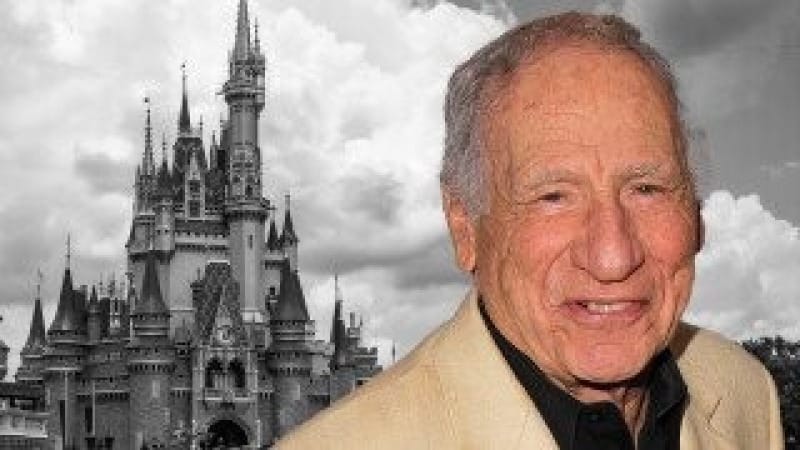
From Cracked: "While Mel Brooks has directed movies, staged successful musicals, won multiple Oscars and created beloved TV shows, he never made a single amusement park ride. But he came pretty close. Back in 1989, then-Disney CEO Michael Eisner asked Brooks to collaborate on a new Disney theme-park attraction, with the real goal of luring him into the corporate fold to make movies for Disney. Instead of just incorporating the characters from Blazing Saddles into Frontierland, Disney’s first idea was to make “Castle Young Frankenstein” based on Brooks’ classic 1974 comedy, which would have even boasted a nearby “Bavarian village area.” This pitch eventually evolved into ”Mel Brooks’ Hollywood Horror Hotel,” although Disney’s Imagineers simply referred to it as “Hotel Mel.” Which beloved Mel Brooks movie featured a horror hotel? Well, none. The premise of the ride would have been that Brooks was “directing a new comedy horror movie” in an abandoned, possibly haunted hotel."
James Burke of the BBC had one of the best-timed live shots in TV history
James Burke had only once chance to film this scene, and the result is possibly the best timed shot in television history.pic.twitter.com/suZ3XZrjrW
— Wonder of Science (@wonderofscience) May 16, 2024
Acknowledgements: I find a lot of these links myself, but I also get some from other newsletters that I rely on as "serendipity engines," such as The Morning News from Rosecrans Baldwin and Andrew Womack, Jodi Ettenberg's Curious About Everything, Dan Lewis's Now I Know, Robert Cottrell and Caroline Crampton's The Browser, Clive Thompson's Linkfest, Noah Brier and Colin Nagy's Why Is This Interesting, Maria Popova's The Marginalian, Sheehan Quirke AKA The Cultural Tutor, the Smithsonian magazine, and JSTOR Daily. If you come across something interesting that you think should be included here, please feel free to email me at mathew @ mathewingram dot com

